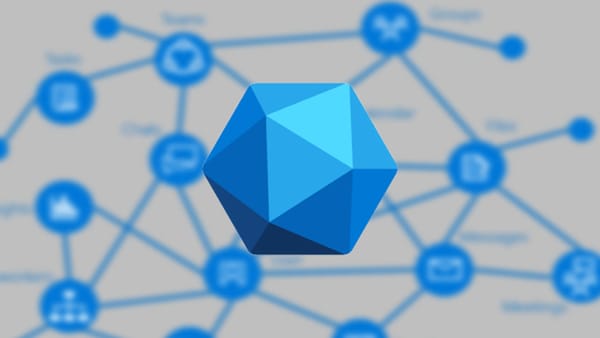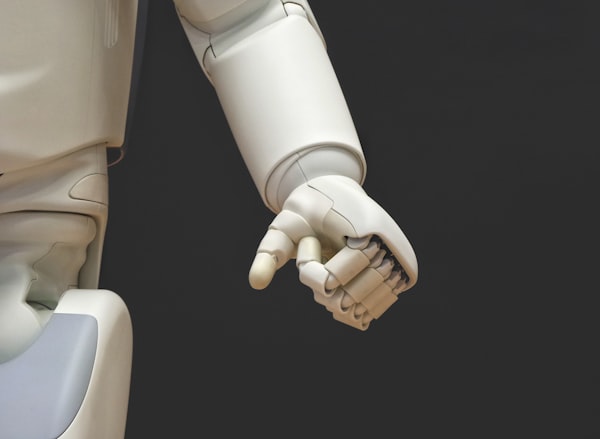Quantum Computing 101: A Quick Guide for Busy Minds

In the ever-evolving landscape of technology, quantum computing stands as a revolutionary force, promising to transform the way we process information and solve complex problems. While traditional computers rely on bits to process information in binary code (0s and 1s), quantum computers harness the principles of quantum mechanics to introduce a new era of computing capabilities.
The history of quantum mechanics dates back to early 1900's with a series of experimental observations that didn't make sense in the realm of classical physics. As we understand more about this branch of physics in the decades that followed, a new branch of computer science emerged to harness the power of this newly discovered behavior of the atom. While there is a lot of interesting discoveries in this field, in this article we learn about the fundamentals of quantum computing, which promises astronomical super computing powers compared to the classical computers that we all use in our everyday lives.
Understanding Quantum Bits (Qubits)
At the heart of quantum computing lies the concept of qubits, the quantum counterpart to classical bits. Unlike classical bits that can exist in either a 0 or 1 state, qubits can exist in multiple states simultaneously, thanks to a phenomenon known as superposition. This unique property allows quantum computers to perform complex calculations much more efficiently than classical computers.
Entanglement and Superposition
Entanglement is another key principle that sets quantum computing apart. When qubits become entangled, the state of one qubit becomes directly linked to the state of another, regardless of the physical distance between them. This interconnectedness enables quantum computers to process information in ways that classical computers cannot, providing a powerful tool for solving intricate problems.
Quantum Gates and Quantum Circuits
Similar to classical computers that use logic gates to manipulate bits, quantum computers use quantum gates to manipulate qubits. Quantum circuits, composed of interconnected quantum gates, enable the execution of complex algorithms. Understanding the architecture of quantum circuits is essential for harnessing the computational power of quantum computers.
Potential Applications
The potential applications of quantum computing span a wide range of fields, from cryptography and optimization problems to drug discovery and artificial intelligence. Quantum computers have the capacity to solve problems exponentially faster than classical computers in certain domains. For example, they can factor large numbers efficiently, which has significant implications for cryptography and the security of digital communication.
Challenges and Developments
While the promises of quantum computing are vast, there are significant challenges to overcome. Quantum computers are highly sensitive to external factors and can be prone to errors. Researchers and engineers are actively working on developing error-correction techniques and building scalable quantum systems to make quantum computing more practical for widespread use.
As we delve deeper into the realm of quantum computing, we witness a paradigm shift that holds the potential to revolutionize industries and reshape our understanding of computation. Quantum computers are not just faster versions of classical computers; they operate on entirely different principles, unlocking new possibilities for solving problems previously deemed insurmountable. While quantum computing is still in its early stages, the ongoing research and advancements in the field promise an exciting future where the boundaries of computation are continually pushed. Stay tuned for more updates on this quantum leap in technology!



